Hello there! In the world of audit oversight, effective communication is essential for ensuring transparency and accountability. Whether you're addressing concerns, sharing insights, or outlining expectations, a well-crafted letter can set the right tone for collaborative discussions. Ready to enhance your audit communication skills? Let's dive into some practical templates and tips that can help streamline your efforts!
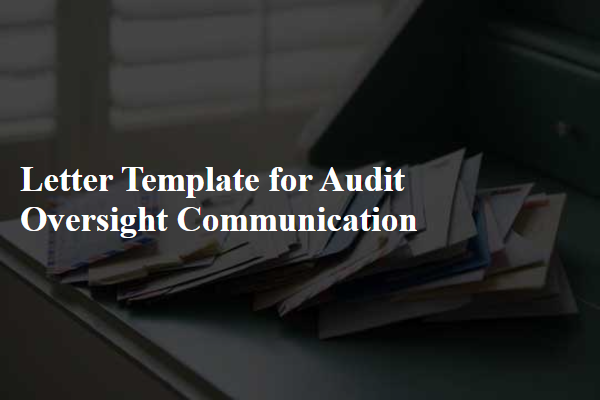
Clear Objectives
Effective audit oversight relies on clear objectives that define the scope and purpose of the audit process. Detailed objectives ensure accountability and transparency in financial reporting, compliance with regulatory standards, and operational efficiency. For example, the objective may include evaluating internal control processes in financial statements, adherence to guidelines established by the Sarbanes-Oxley Act, or assessing risk management practices within the Fortune 500 company. Moreover, establishing specific, measurable goals enhances communication between stakeholders, such as auditors and management, fostering collaboration and a shared understanding of expectations. Clear objectives serve as a framework that not only guides audit activities but also strengthens trust among all parties involved in the oversight process.
Audience Identification
Effective audit oversight communication necessitates clear identification of the audience, such as stakeholders (e.g., board members, executive management), regulatory bodies (e.g., Securities and Exchange Commission, financial authorities), and internal teams (e.g., finance, compliance, risk management). Each audience plays a vital role in ensuring governance, risk management, and compliance standards are met. Stakeholders rely on audit results to make informed decisions, while regulatory bodies require adherence to laws and regulations, ensuring transparency in financial reporting. Internal teams utilize audit insights to enhance operational efficiency and mitigate risks, fostering a culture of accountability and continuous improvement. Tailoring communication strategies to the needs and interests of each audience segment is essential for effective oversight and collaboration.
Scope of Audit
The scope of an audit typically encompasses the examination of financial statements and the assessment of internal control systems to ensure accuracy and compliance. Specific areas reviewed include revenue recognition techniques, expense recording practices, and asset valuation methodologies, thus providing insights into the organization's financial health as of the fiscal year-end (March 31, 2023). Furthermore, regulatory compliance relevant to the General Accepted Accounting Principles (GAAP) and other local accounting standards will be scrutinized. The audit's focus will also extend to validating the adequacy and effectiveness of the risk management frameworks implemented, encompassing both financial and operational risks within key business units. Documentation and data management practices will be assessed to ensure that information is complete and reliable for stakeholders, strategically enhancing transparency and trust in the company's financial reporting.
Key Findings and Recommendations
Audit oversight communication is vital for organizational transparency and improvement. Key findings from the recent review highlight discrepancies in financial reporting, with instances of misclassification of expenses totaling approximately $250,000, significantly affecting budget adherence. The existing internal controls, particularly in the accounts payable process, were found to be insufficient, leading to potential fraud risks and inefficiencies. Recommendations include implementing a robust training program for financial staff, regular audits every quarter, and the adoption of advanced accounting software for accurate reporting. Enhanced oversight measures, such as monthly reconciliation of accounts, will further mitigate risks and ensure compliance with regulations.
Follow-Up Actions and Deadlines
Follow-up actions required for audit oversight include documenting all findings from the internal review conducted in September 2023 at the headquarters located in New York City. Each department must submit corrective action plans by October 30, 2023, detailing steps to address discrepancies such as financial reporting errors amounting to $150,000 and compliance lapses regarding data protection regulations. Additionally, the audit committee will reconvene on November 15, 2023, to evaluate progress and set future deadlines for ongoing improvements in operational procedures and risk management strategies. Timeliness is crucial to ensure all adjustments align with regulatory standards and enhance overall governance in the organization.

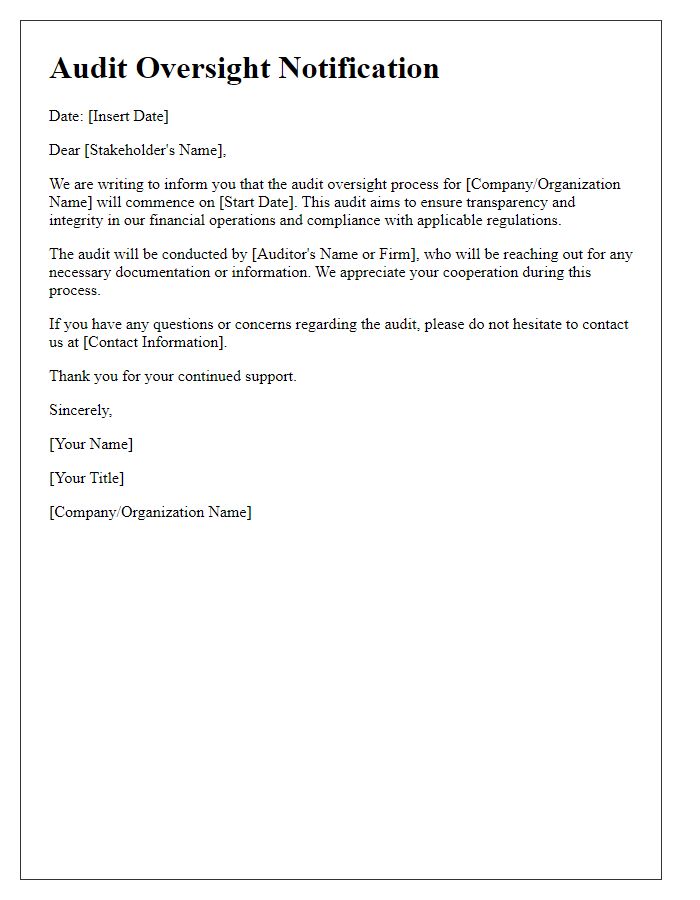
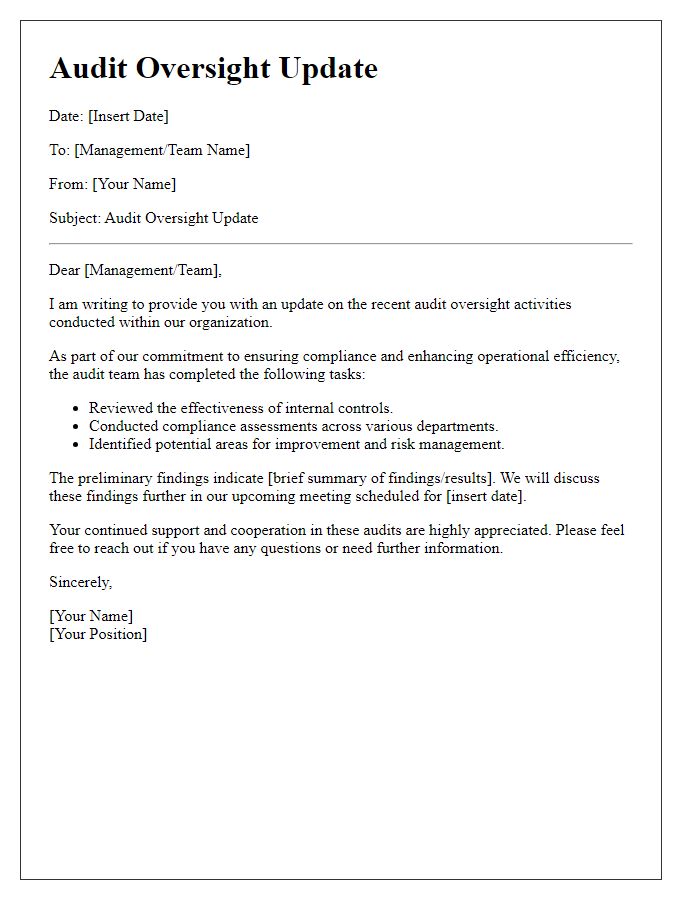
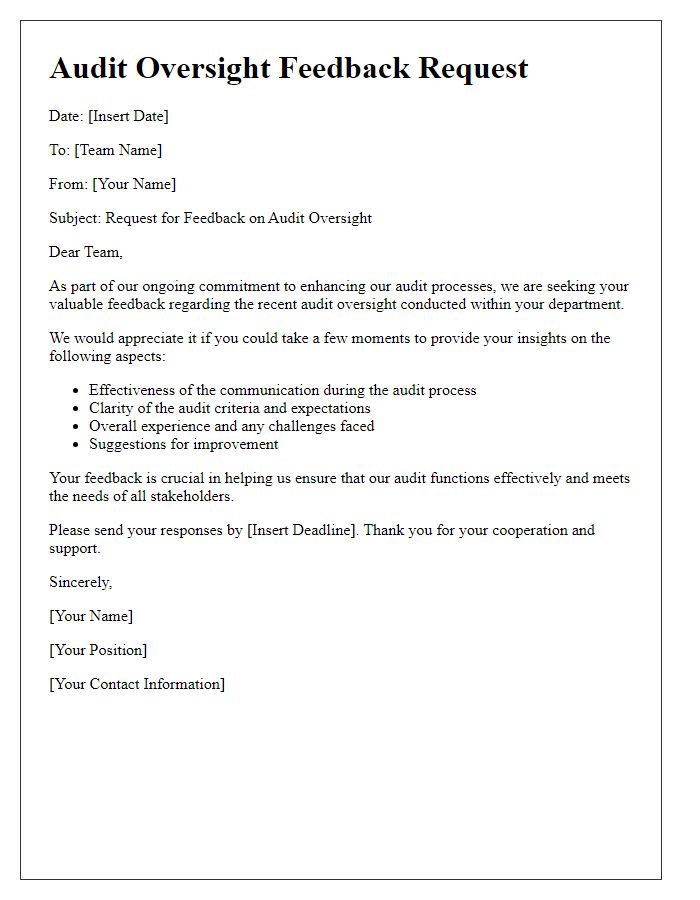
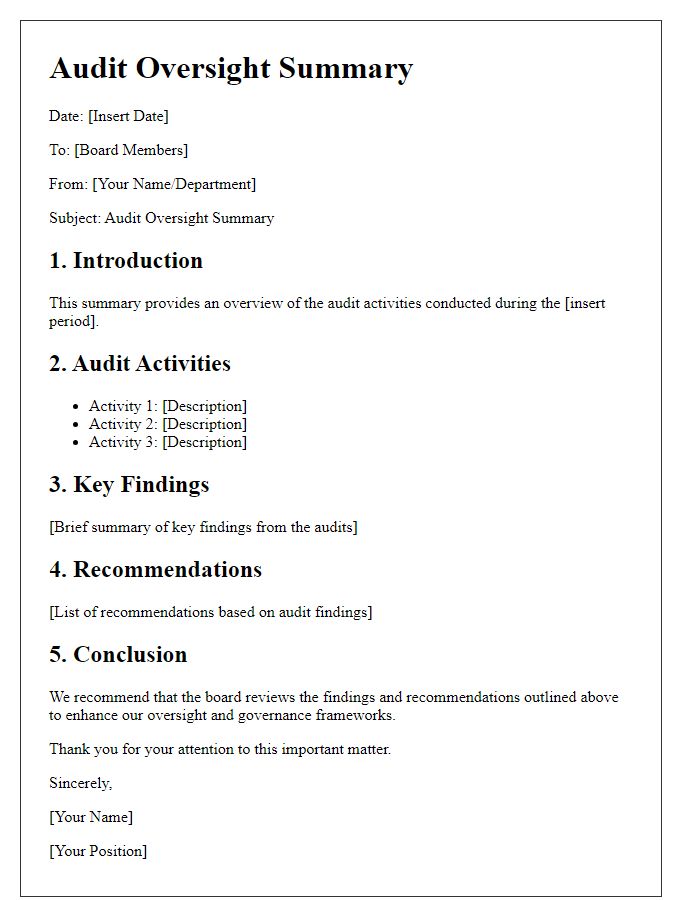
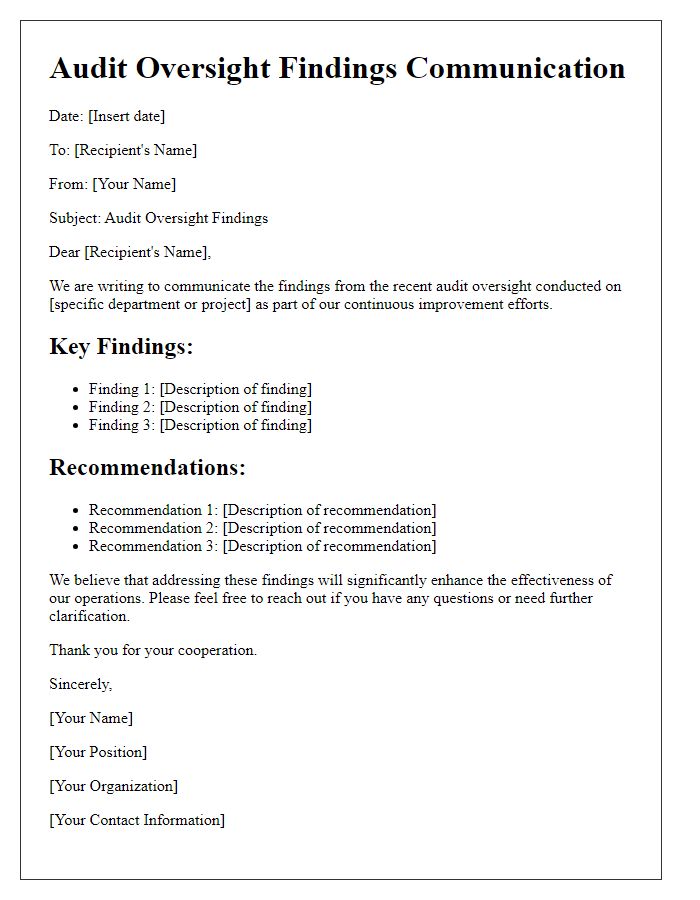
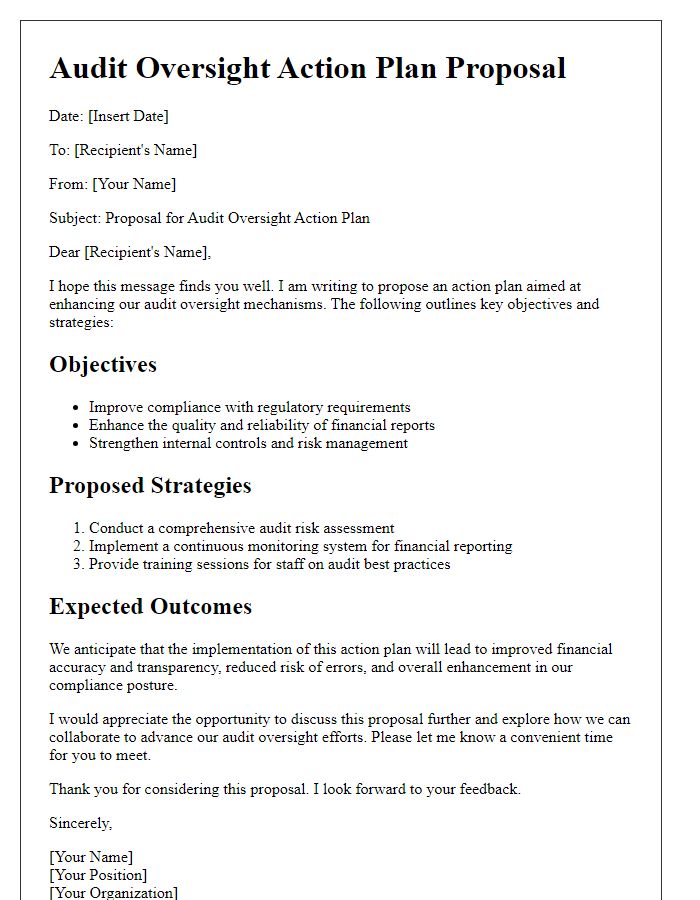
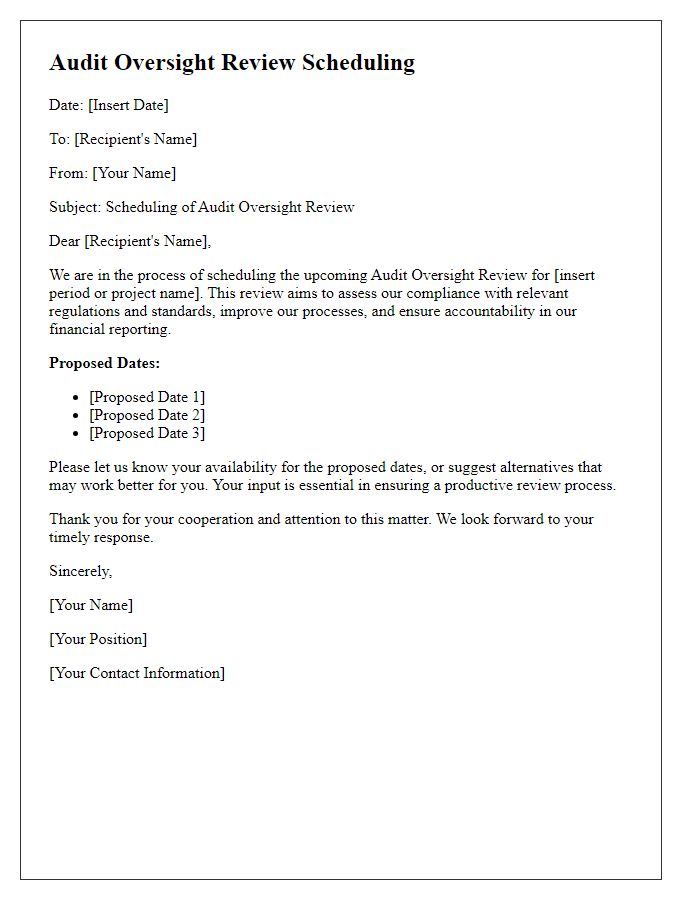
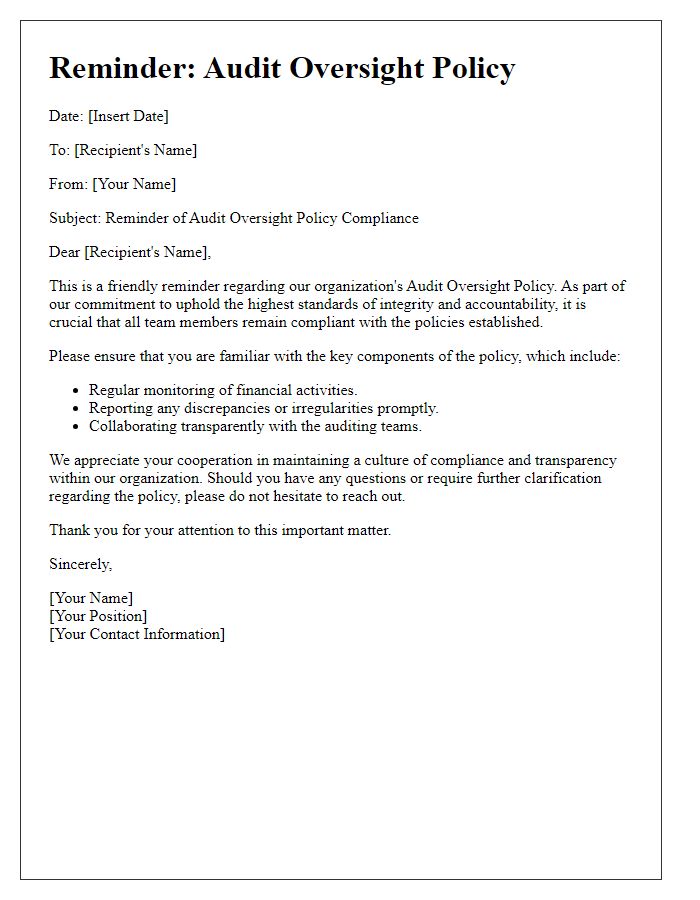
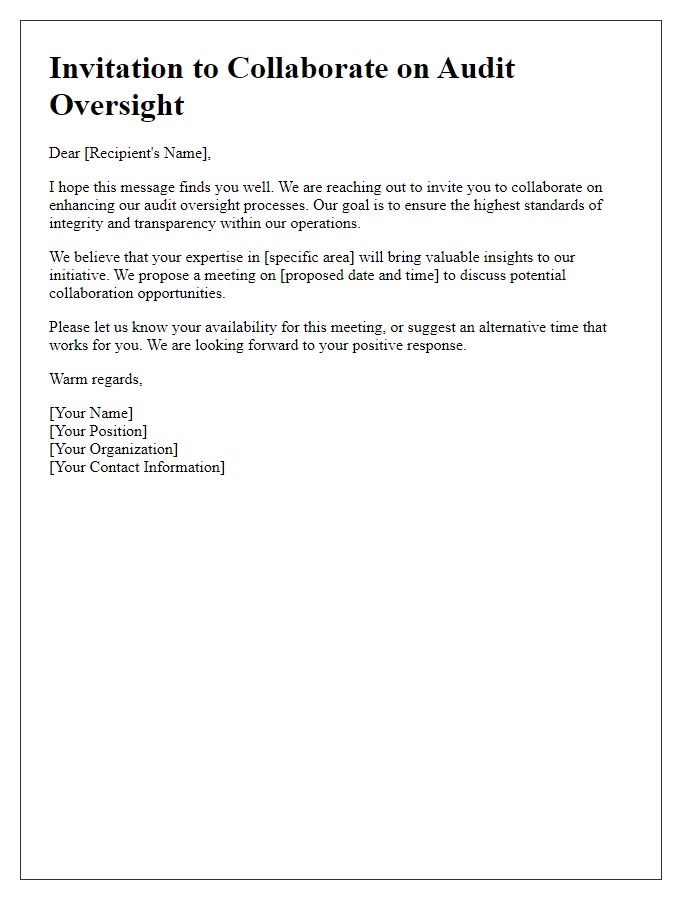
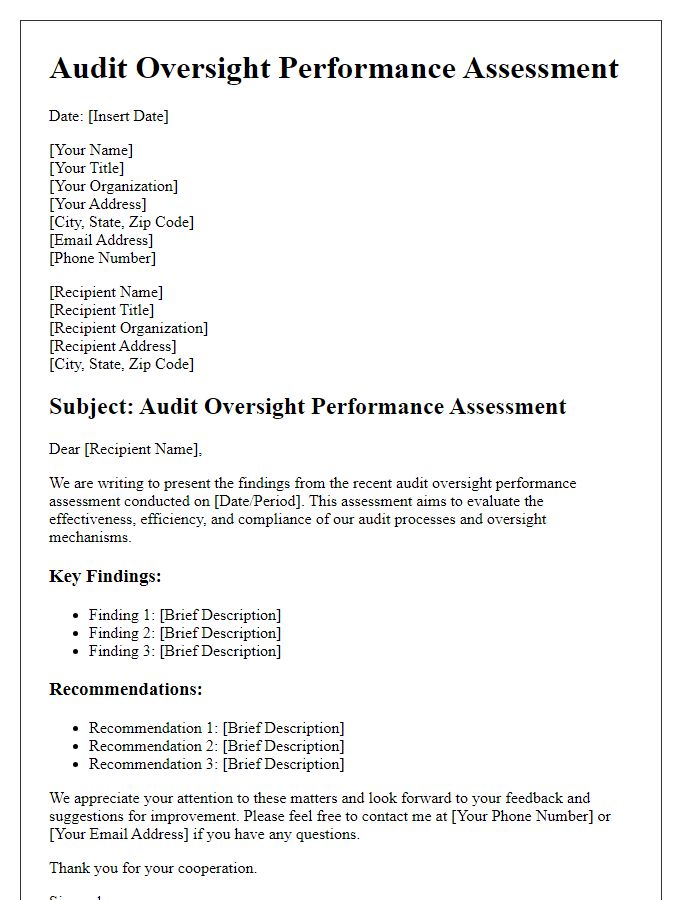

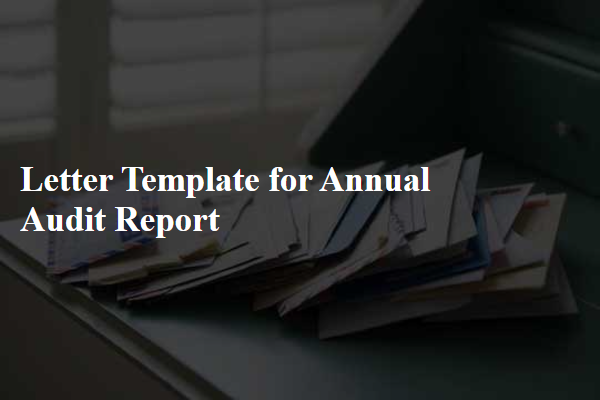
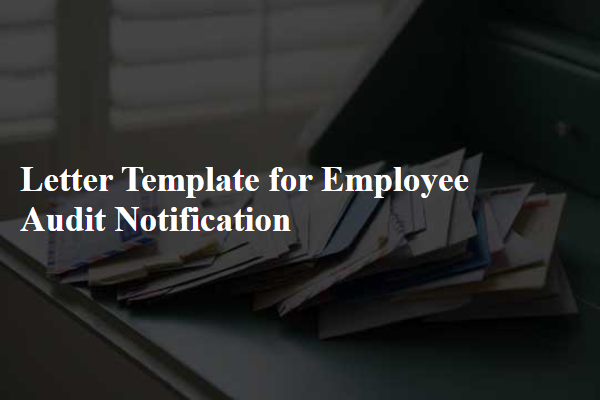
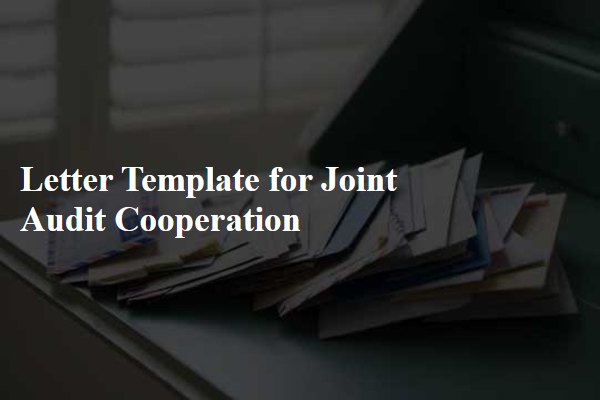
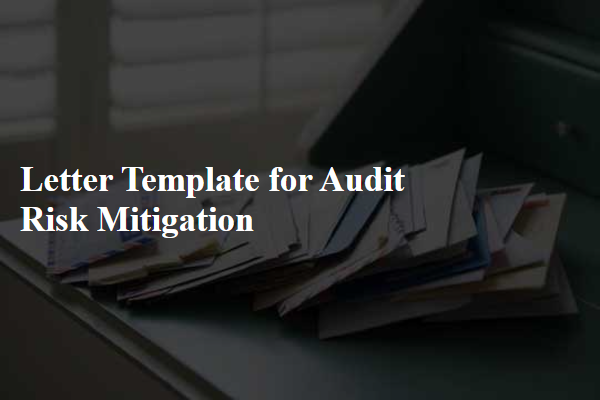
Comments